Croatan National Forest
October 15th, 2007This week, my wife and I visited her sister in North Carolina, who lives near Croatan National Forest. This national park is a huge plot of 160,000 acres of pine forest, saltwater estuaries, bogs, and pocosins. I have posted previously about visiting a beach on the Neuse River, which was also in the park. This time, we decided to hike part of the Neusiok Trail, which is a 20 mile long trail from the beach into the forest; we only did a small portion of the trail.
I had come hoping to get lots of photos of Venus flytraps, pitchers plants, and sundews, but as often happens, I came away with a different experience altogether. Instead of pitcher plants, we came across a really nice grove of palm ferns near the coast. Whether they’re native or not, I haven’t a clue, but they remind me a lot of some places in Hawaii.
Further in on the trail, we found what should have the perfect bog habitat for carnivorous plants. Pine needles lined the tannin stained water bottom, and only a few grasses were throughout the area. Still, even between the grasses, I didn’t find the plants I was looking for. I’ve read a bit on the Internet about how poaching is a huge problem for this area, where collectors or resellers illegally dig up entire stands of carnivorous plants for their collections. I can only assume that any public trails that once had any rare plants are now probably devoid of them.
There were many old trails present along the main trail. Below you can see how an entire path was blazed through the trees, only to be abandoned allowing small brush to take over.
Fortunately, even though we didn’t find any carnivorous plants, we did find some interesting carnivorous creatures. I nearly walked face-first into this spider and web. Fortunately, I didn’t disrupt his web, and was able to get a picture. We also saw a number of small lizards scurrying along many fallen logs.
Accepting defeat on our carnivorous plant search, we decide to head back toward the Neuse River beach, and enjoy the pleasant sea breeze. The beach itself was fantastic with plenty of Cyprus trees growing right up to the water, with their tangled roots exposed.
As we were walking along the beach, we noticed some activity out in the water. Apparently, during this time of year, the sality of the Neuse River increases, and ocean creatures venture upstream. We witnessed proof of this when a whole family of dolphins was jumping and splashing through the water. As many times as I’ve seen dolphins, I still am fascinated every time!
That wasn’t the only activity of the day. Multiple types of birds were patrolling the skies, looking down at the water for signs of their next fishy meal. We witness this crane make repeated attempts toward fish.
Our most impressive bird of the day had to be this Bald Eagle. This amazing bird was also diving into the water for fish, and then retreating back to top of some of the Cyprus trees to enjoy their meal. I wish it would have be closer for me to get a better shot.
I highly recommend visiting this national park if you’re in the area. I still haven’t covered 1/10th of what they have to offer. Next time I go down, I’m going to be sure to contact a ranger first in hope pothat they might be able to guide me toward the carnivorous plants I’m seeking. Until then…
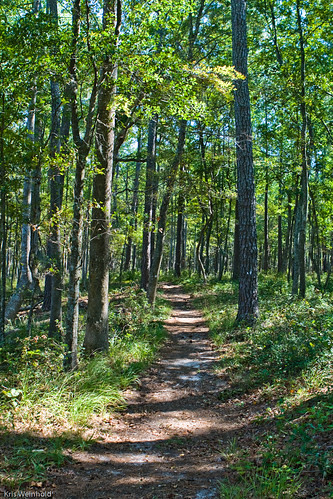
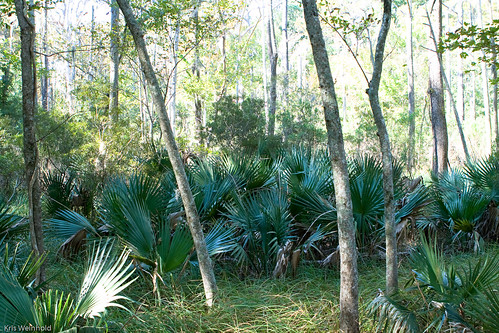
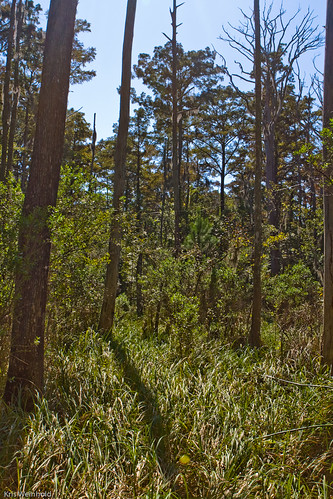

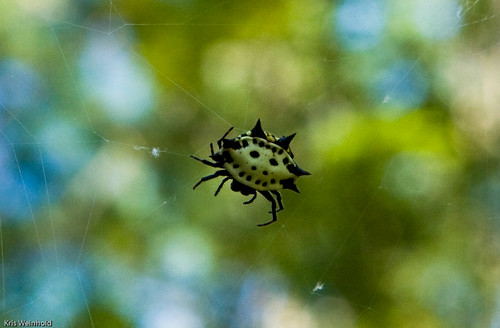
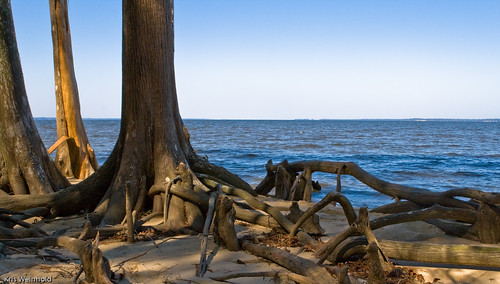

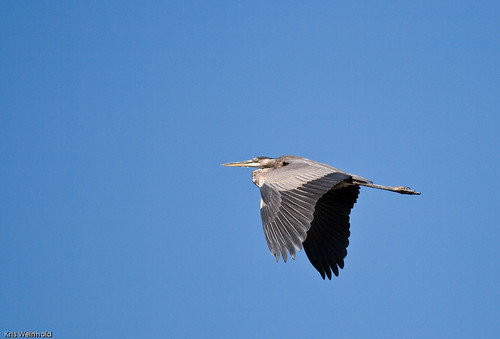
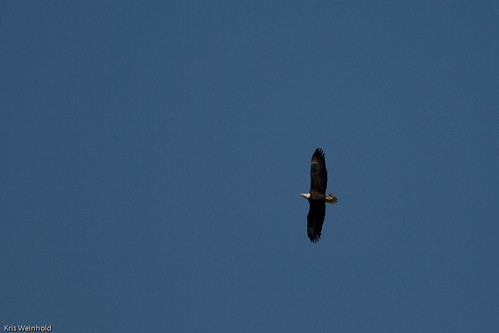

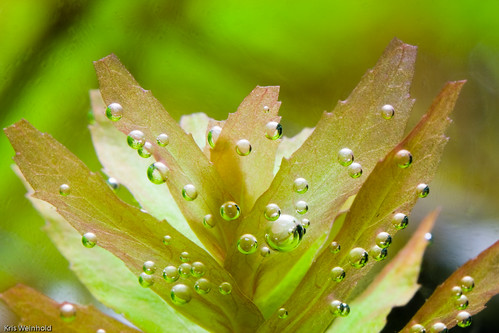

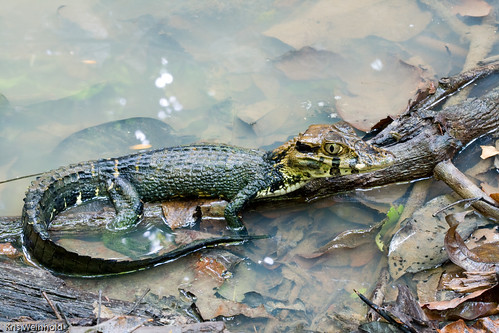




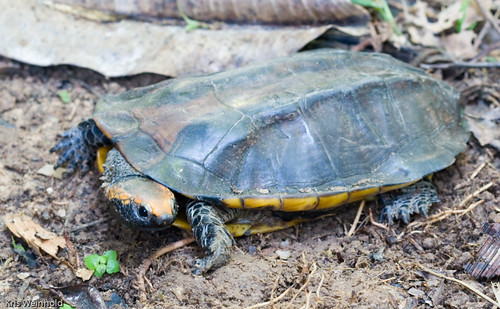
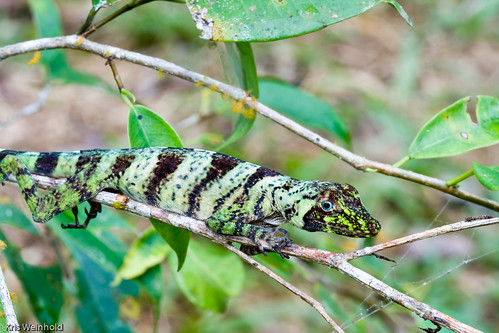
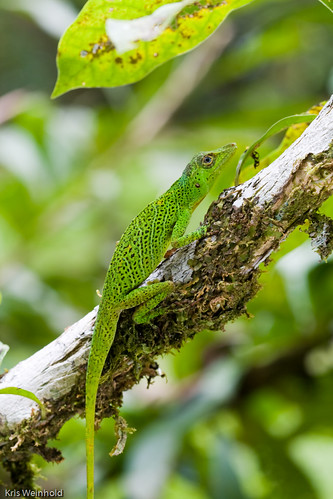
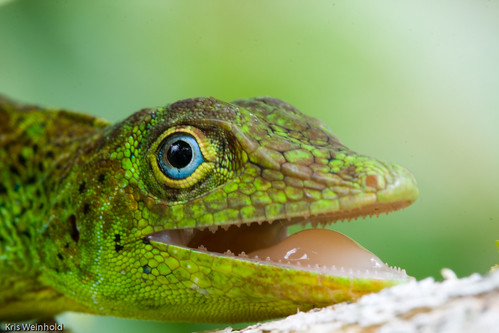

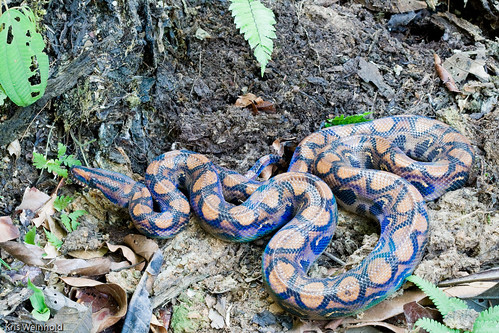
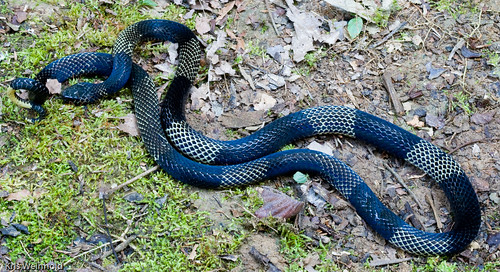
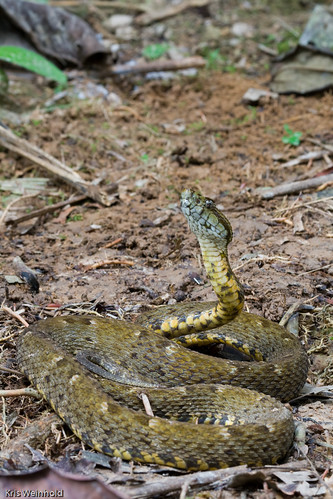
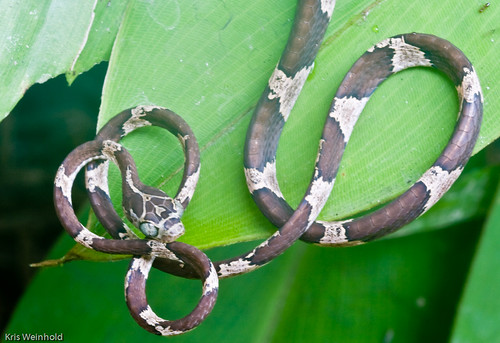
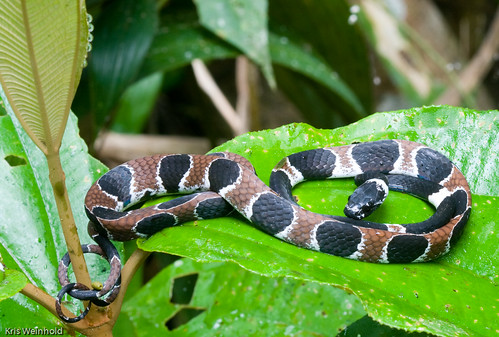

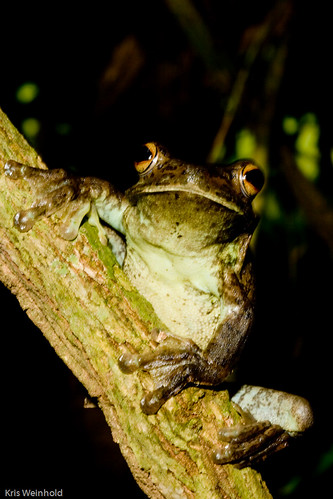



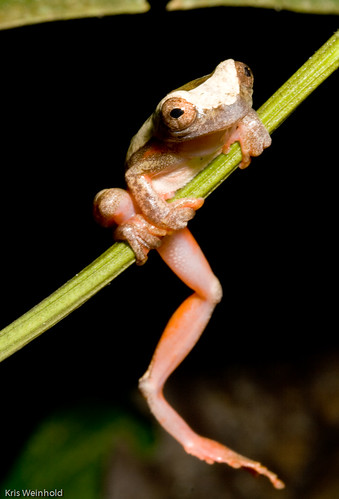
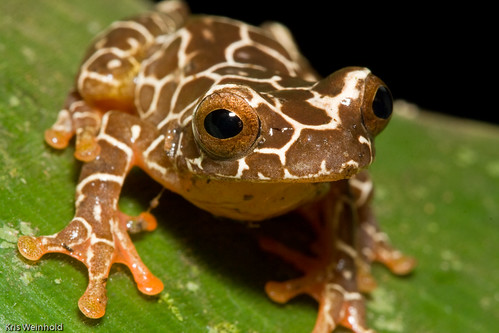
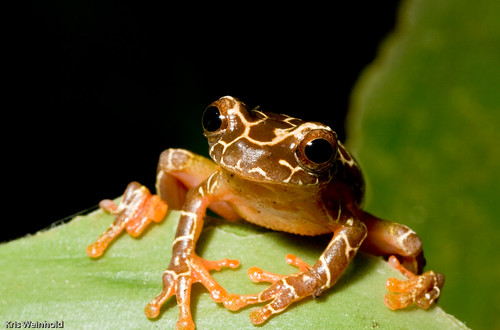
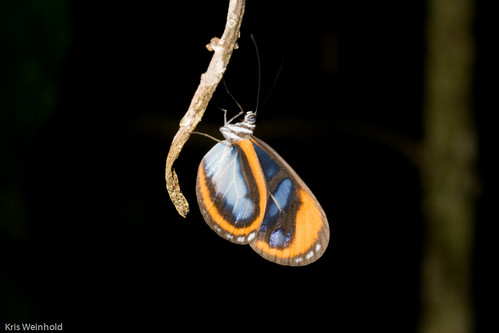
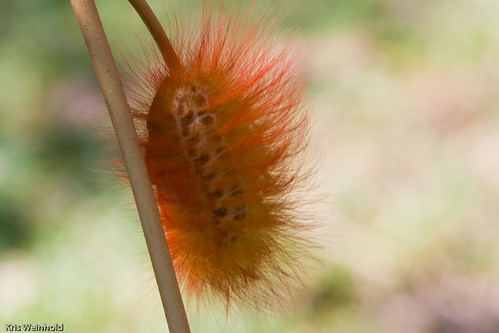
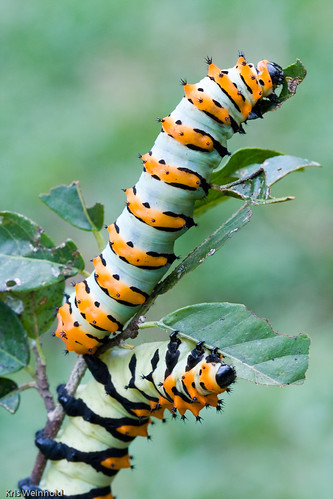

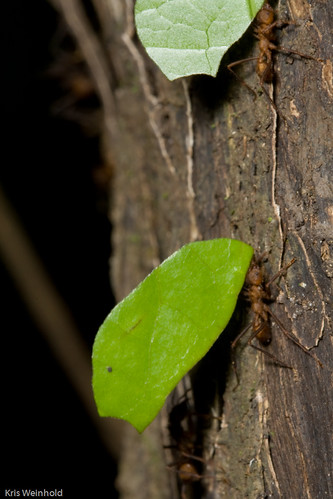
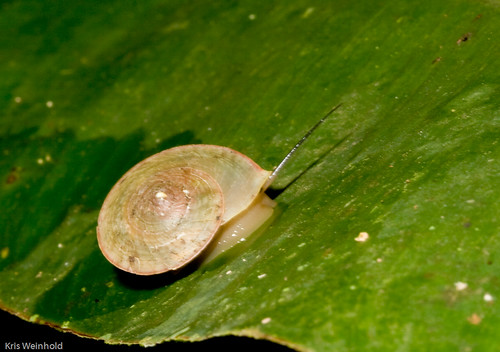

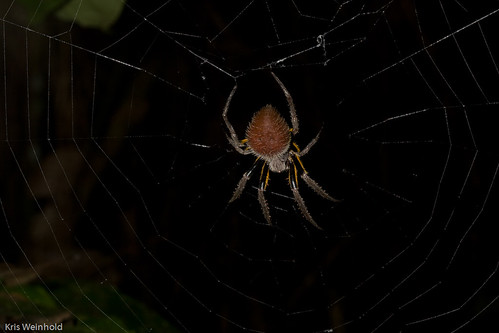

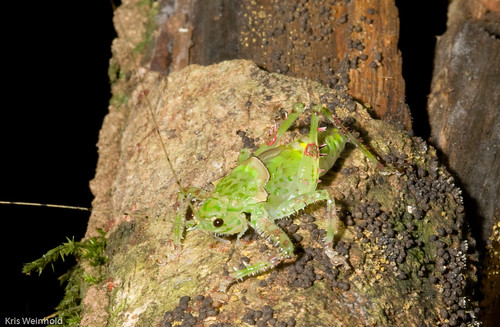


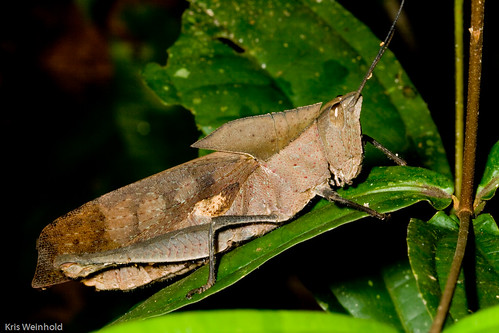
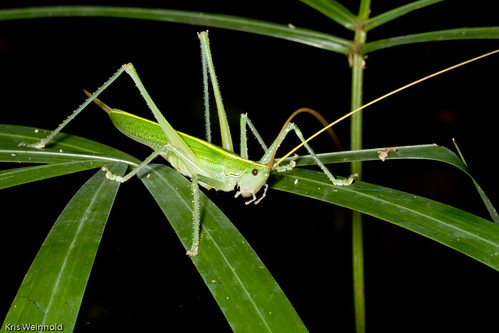

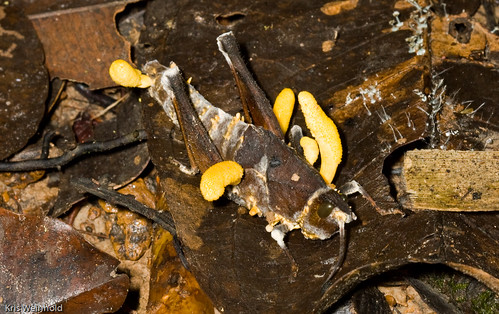
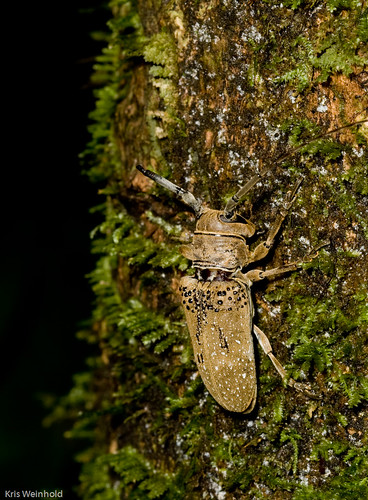
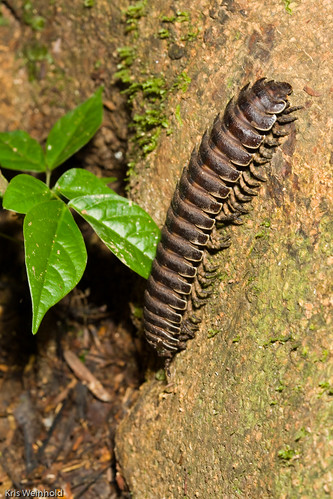
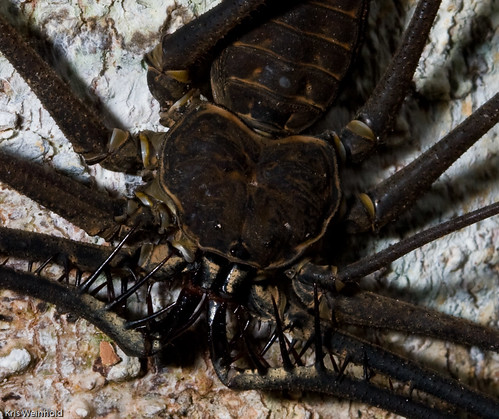
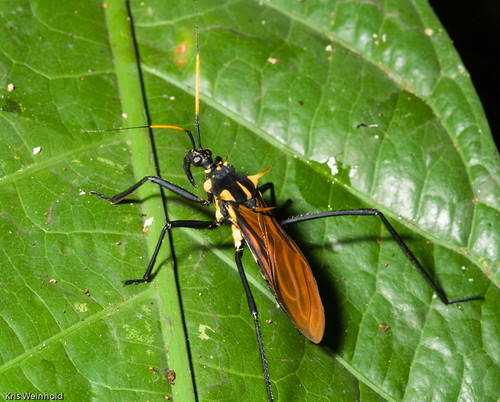

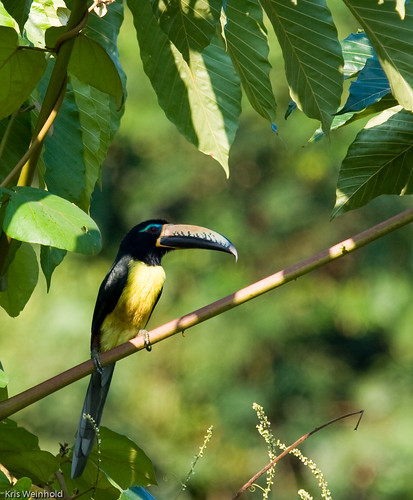
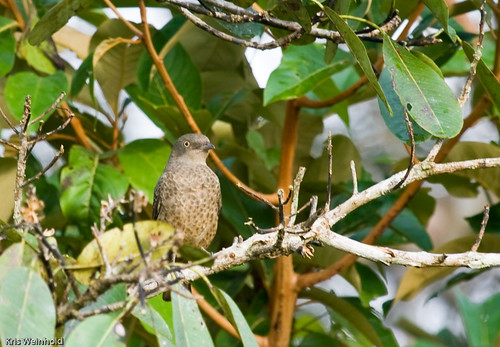
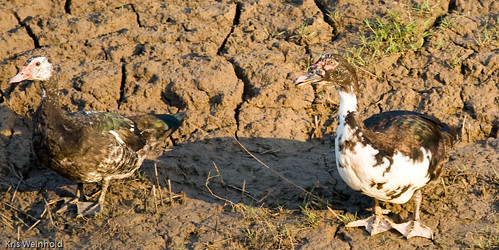

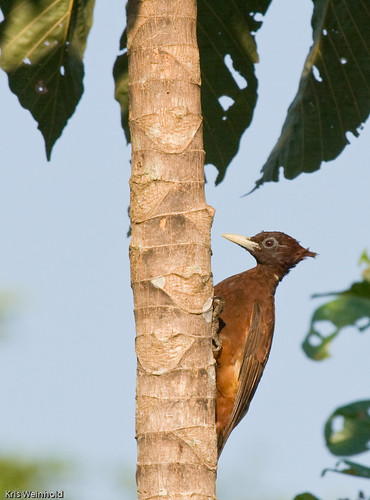



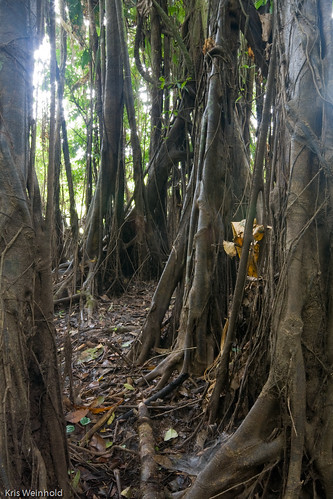
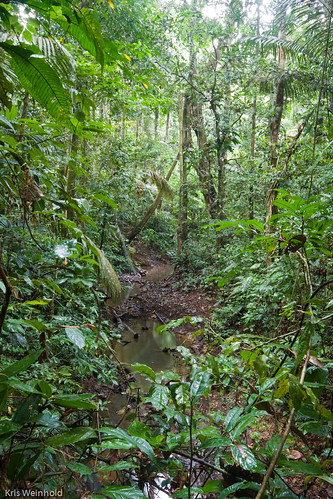
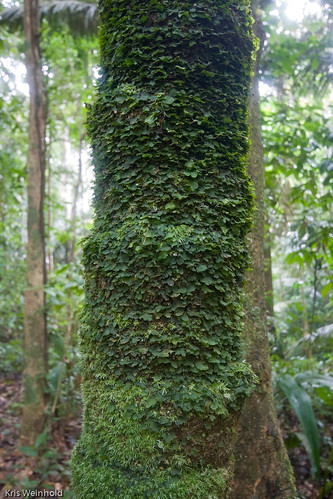

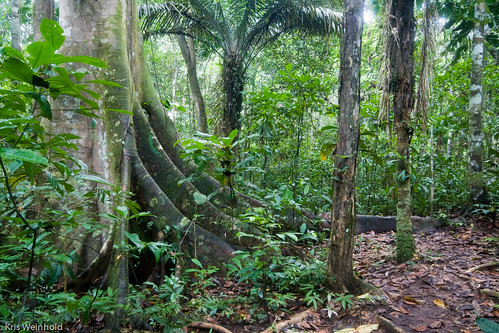

 After coming home from an often-frequented thrift shop, my wife announced that she had bought me an aquarium book. Immediately, when looking at the cover, it’s obvious that the book was dated, but with plants on the cover, I figure it’s at least worth a look.
After coming home from an often-frequented thrift shop, my wife announced that she had bought me an aquarium book. Immediately, when looking at the cover, it’s obvious that the book was dated, but with plants on the cover, I figure it’s at least worth a look.




